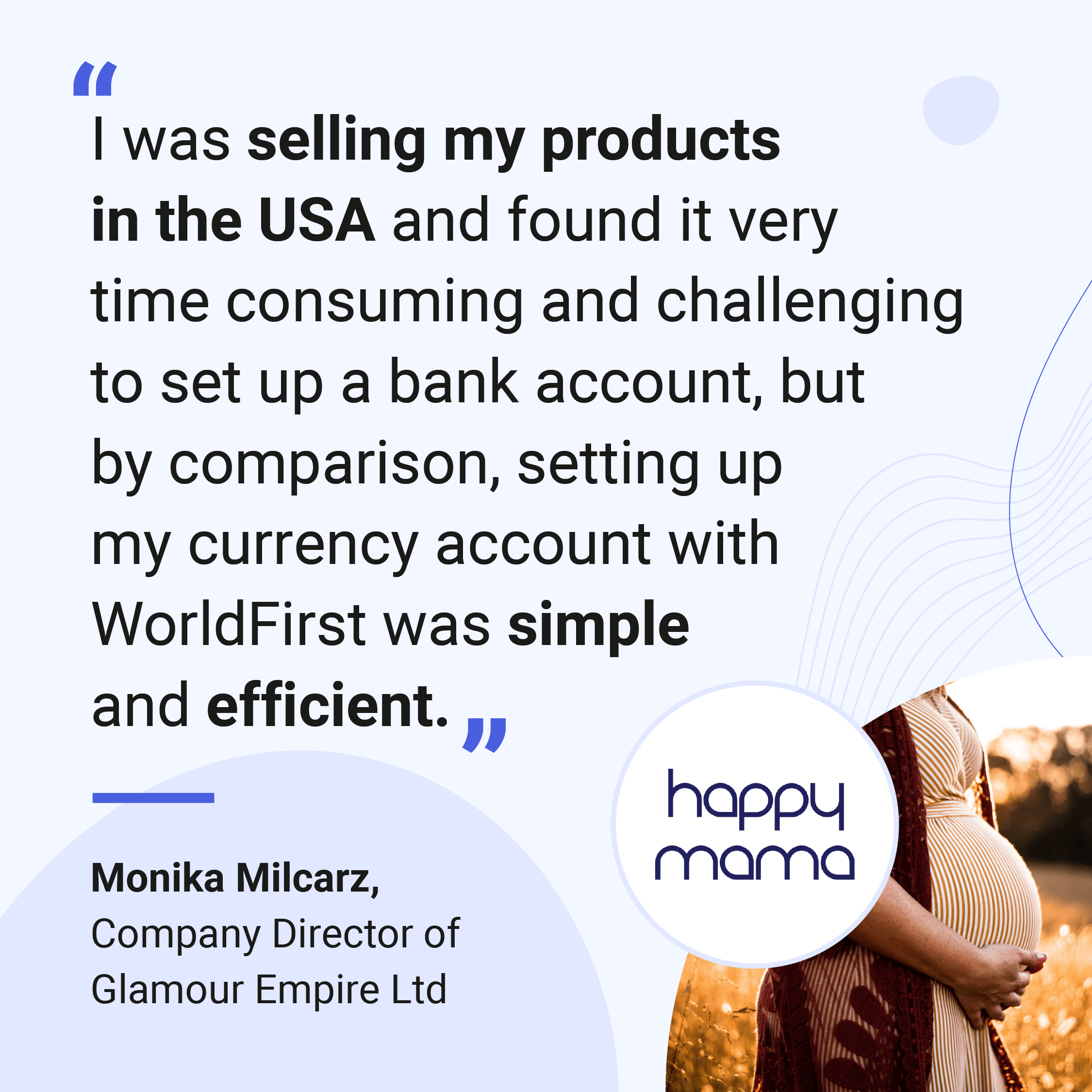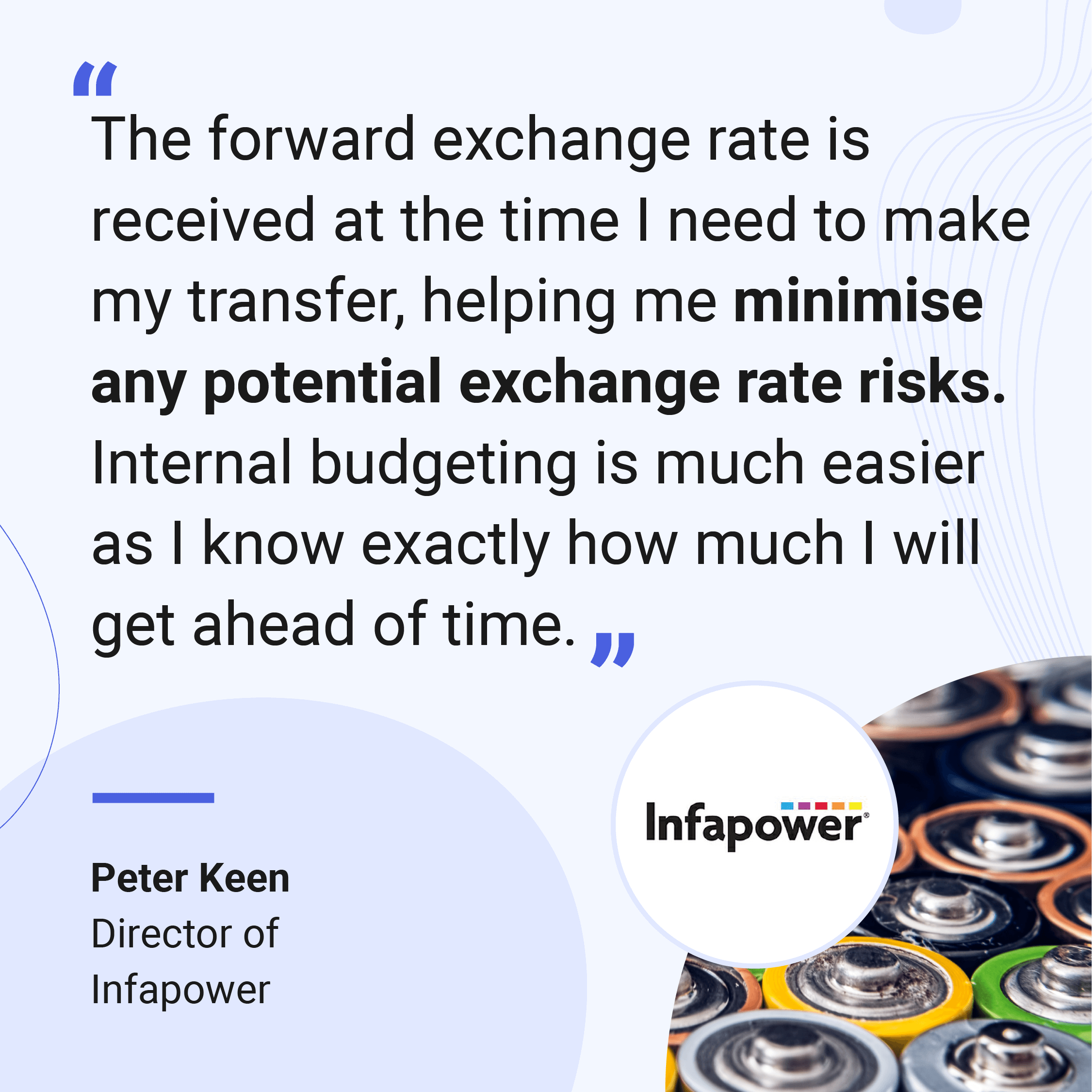
A recent survey found that more than half of all US, UK, German and French shoppers use Amazon as a starting point for all purchases. Around 22% of customers said they don’t bother looking elsewhere if they find a suitable product on Amazon.
These are stats that put Amazon’s market dominance into sharp focus. Sellers flock to Amazon’s marketplace in their droves and the typical UK Amazon seller will now find themselves competing with sellers from across the globe. With so many businesses vying for their piece of the Amazon pie, how do you make it work for your business?
Tip 1: Invest in SEO
Amazon is a search engine just as much as it is a marketplace, so underestimate the importance of SEO at your own peril.
Spend time and resource understanding Amazon’s ranking factors so your product gets in front of as many customers as possible. Make sure you research the right keywords and descriptors for your product and make use of the additional keywords that Amazon allows you to add to include similar listings.
Advanced PPC tools such as Amazon Marketing Services are also a good way to reach customers that are considering a purchase of similar products from competitors. These tools are now open to all Amazon sellers, not just 'Vendors' who supply Amazon directly.
Whilst advertising against the "buy box" of your own listing might seem counter-intuitive, or even a waste of money, you'll potentially be able to upsell customers to more profitable SKUs or complementary products. Plus you'll keep the competition off your listing
Tip 2: Content is king
Unless you’re selling a very niche and unique product, it's likely that you’ll be competing with many other Amazon sellers for that invaluable "Add to Cart" from buyers. The easiest way to differentiate yourself is through your listing.
Ask yourself what else you can include to sell your product:
- Are your descriptors accurate and informative?
- Do they answer everything a customer might want to know about the product?
- Are you using the right images – are there enough of them?
- If you're also signed up for Amazon Vendor Central or Vendor Express, are you taking advantage of the A+ enhanced marketing content you can include for your products?
This is your one opportunity to own your buyer’s attention so spend a lot of time getting this right.
Get paid like a local
- Open up to 15 local currency accounts, with local sort codes, account numbers and IBANs
- Receive international payments from 130+ marketplaces, overseas buyers and payment processing gateways
- Be up and trading in GBP, USD, CAD, AUD, CNH, EUR, HKD, JPY, NZD and SGD in a few minutes
- Add extra multi-currency accounts in CHF, PLN, SEK and AED
- Transfer funds into your bank account or use them to make domestic or international payments
Tip 3: Incentivise reviews
Customer reviews can be a powerful marketing tool, on top of being an important seller performance metric. Try to encourage reviews from customers – especially reviews including media, product pictures or descriptions of usage.
Positive reviews can build trust with prospective customers and are a stamp of credibility when you're still building your profile. Likewise, don’t be disheartened by negative feedback – use it as a way to improve your business. Addressing negative feedback proactively via the marketplace platform will make you look more engaged with customers and more committed to the customer experience.
Tip 4: Consider FBA
Fulfilment by Amazon (FBA) is probably the one service that gets Amazon sellers most animated. Many are divided on whether the benefits outweigh the costs. However, the one thing it does allow you is access to Amazon Prime customers who tend to buy only from sellers with FBA.
Tip 5: Pricing
Whilst most sales will come down to price, it is bad business to base your whole business on being the cheapest. On marketplaces like Amazon, it quickly descends into a race to the bottom and the increase in sales may not make up for decrease in profit margins. Instead, it’s important to be flexible whilst remaining competitively priced.
Understand the seasonality of your pricing, with special offers during periods of less demand and add-on items when possible.
If you’re a UK seller listing on Amazon’s international websites, pay close attention to how the exchange rate affects your returns. Switching to an international payment platform could help you get more out of your sales.

Businesses like yours trust WorldFirst
- Almost 1,000,000 businesses have sent $150B around the world with WorldFirst and its partner brands since 2004
- Your money is safeguarded with leading financial institutions

What our customers say about our services





